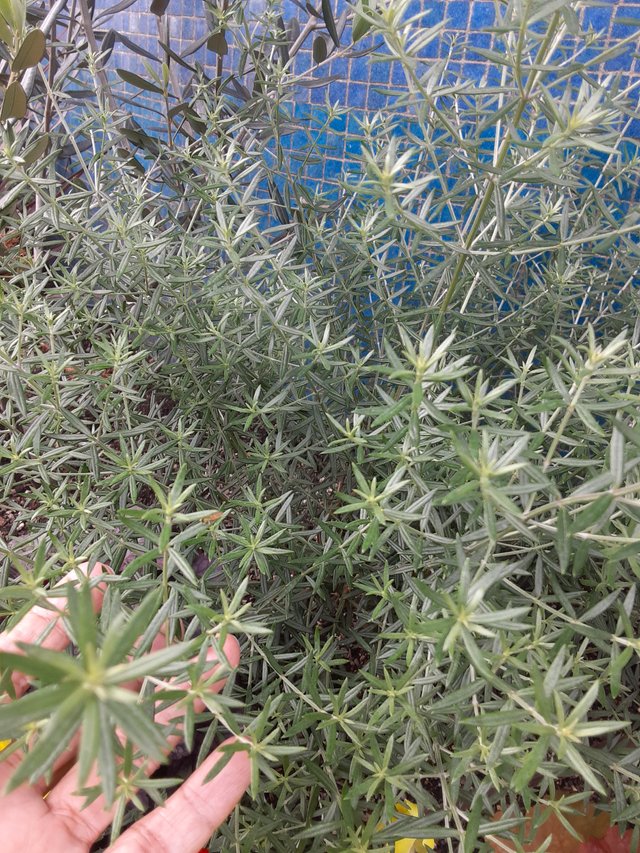Westringia fruticosa, known for its coastal resilience, has narrow, whorled leaves with a dark green top and a white, hairy underside that helps retain moisture

Westringia fruticosa, also known as Coast Rosemary, Australian Rosemary, or Coastal Westringia, is a visually appealing and tough Australian native shrub prized for its adaptability and attractive foliage.
Leaf Appearance:
- Shape and Size: The leaves are narrow and pointed, with a linear to lanceolate shape. They typically range from 1-3 centimeters long and 3-5 millimeters wide.
- Color: The upper surface of the leaves boasts a pleasant dark green or even a blue-green hue. This can sometimes appear slightly hairy, especially on young growth. The underside, however, is the real star of the show. It's covered in a dense layer of white, felt-like hairs, giving it a silvery or white appearance – a beautiful contrast to the top.
- Arrangement: One of the most distinctive features of Westringia fruticosa leaves is their whorled arrangement. They cluster tightly around the stem, typically in groups of four, though occasionally you might find whorls of three or five. This creates a neat and compact look.
Additional Details:
- Evergreen: The good news is that Westringia fruticosa is an evergreen shrub. This means you can enjoy its attractive foliage year-round, even during colder months when many other plants lose their leaves.
- Aromatic: While some sources mention a faint rosemary-like scent, it's generally not as strong as true rosemary.
Leaf Adaptations:
The hairy underside of the leaves is more than just aesthetically pleasing. It's actually an adaptation that helps the plant thrive in its natural habitat – coastal areas. The hairs help to trap moisture close to the leaf surface, reducing water loss through transpiration, which is crucial in hot, dry, and windy environments.
Varieties:
It's worth noting that there are several Westringia fruticosa varieties available, and these can have slight variations in leaf color. Some cultivars may have more prominent green tones, while others lean towards a more blue-grey hue.
Overall, Westringia fruticosa leaves offer a beautiful combination of form and function. Their compact whorled arrangement, interesting color contrast, and drought-resistant adaptations make them a valuable addition to many gardens.
Ref.:
 |  |
Upvoted! Thank you for supporting witness @jswit.